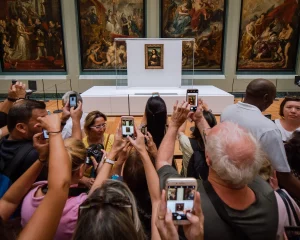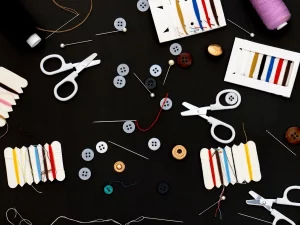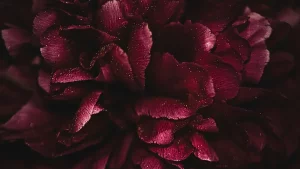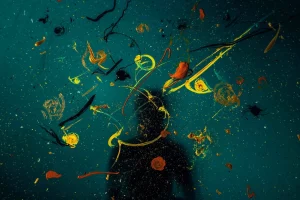Today, we added Luminar as a new destination for Avalanche with the release of Avalanche for Luminar and Avalanche Unlimited.
We wanted to discuss some of the specifics of Luminar in this post.

Library organization in Luminar
Currently, Luminar only supports non hierarchical albums. As a result, the following axioms apply when converting a library :
- if the source library has albums, these are carried over;
- if the source library has projects (e.g. Aperture), then these projects are represented as albums in Luminar. All images in those projects are associated to the created album;
- if the source library has folders, groups or collection sets, then these constructs are not carried over in Luminar because there is not equivalent concept.
Folder hierarchy on disk
Luminar employs the concept of synchronized folders.
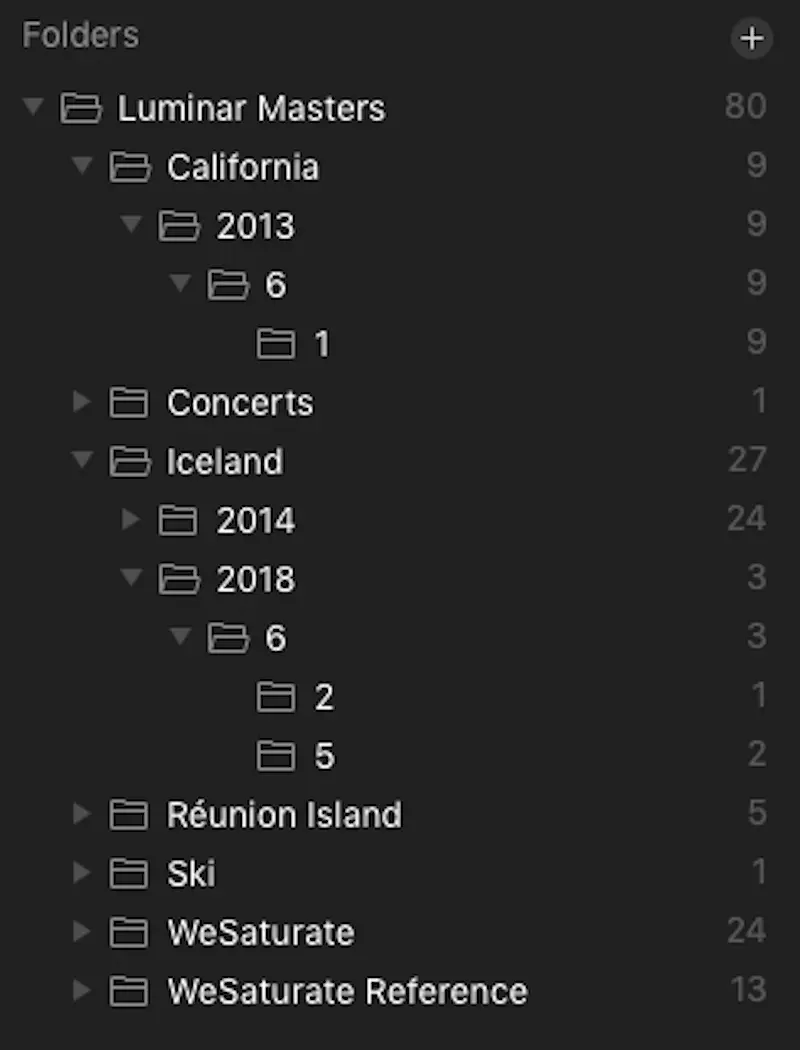
A picture added to Luminar can either be added as an individual edit or as part of a watched folder.
How do we proceed in Avalanche ?
Well, we use folders of individual images based on your selected options. Two situations can arise:
- Either the image is managed in the source catalog and will therefore be copied into a new folder that Avalanche creates: the “Luminar Masters” folder . “Luminar Masters” is added as a synchronized folder together with all its children.
- Or, the image is referenced in the source catalog. Whether it gets copied inside the “Luminar Masters” folder depends on your options. If you choose to not copy the referenced masters, then they will all be added as individual images and their parent folder will not be added to the folder hierarchy (Note: if the referenced masters are added, all images present in that folder would be brought into Luminar, which is not always what you want).
IPTC metadata
As of the time of writing, Luminar 4.2 does not support any IPTC metadata (annotations, etc…). In order to not lose all the information present in the source, Avalanche creates a small database of annotations (migration_db.db) next to the exported Luminar database.

Migration of adjustments
Using Machine Learning models, Avalanche will try to migrate the adjustments of an image that has edits in Aperture or Lightroom. Those edits that are taken into account are :
- crops, or any geometrical adjustments (flips, rotations)
- light, white balance, exposition, color adjustments
- black and white conversion
Vignetting is currently not handled.
Below are some examples of conversions
Colors example
Here is the original edited image in Aperture
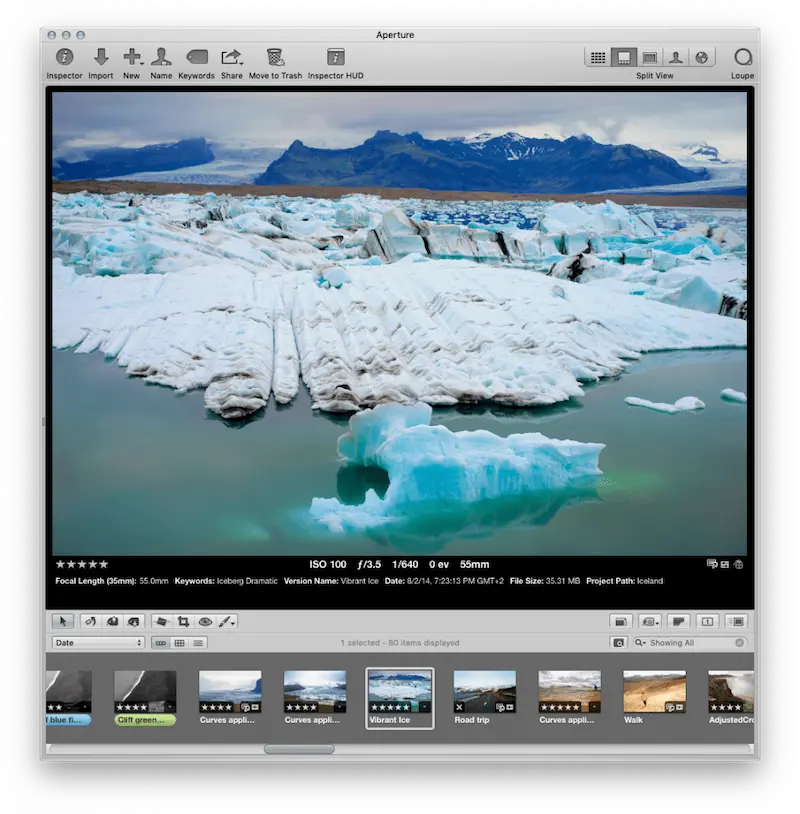
Here is the image after import in Luminar. We use Luminar’s convenient Before/After tool to highlight the work that Avalanche has done when migrating the image.

Black & White example
Here is the original edited image in Aperture.

Here is the image after import in Luminar. We use Luminar’s convenient Before/After tool to highlight the work that Avalanche has done when migrating the image.

About the Levels adjustment in Aperture
This adjustment is very handy and powerful. It has unfortunately not equivalent in Lightroom and Luminar so we do no migrate it. We are looking at ways to change that in the future. All images edited using the Levels adjustment are automatically placed into the collection “With Losses” (see below).
History
Avalanche will populate the history of the image in Luminar. This can be very handy if you want to cancel the adjustments made by Avalanche and reset to the original state.
By default you will find either 2 or 3 states on each edited image, named as follows :
- Original
- Crop adjustment (if applied to the image)
- Avalanche Import: this state regroups all color/light/etc… adjustment made to the image
Albums created by Avalanche
Avalanche creates several additional albums to store images that have received a special treatment and need your attention:
- Approximate Conversion: this collection contains the images for which Avalanche did a conversion using Machine Learning and expect the result to be rather good, but still an approximation of what you had in the source.
- Lossy Conversion: this collection contains the images for which Avalanche did ignore some more advanced adjustments (non local, non supported, etc…) As a result, the image will look different from the source.
- Masters duplicated by Avalanche: this collection contains all the masters that have been duplicated in order to represent virtual copies in Luminar. See below.
Virtual copies
As of the time of writing, Luminar 4 does not support virtual copies or versions. In order to not lose the editing work that has been performed on virtual copies in your source catalog (Lightroom, Aperture,…) Avalanche will duplicate the masters that have more than 1 version. This is currently the only way to represent virtual copies in Luminar. Those duplicated masters are created in the “Luminar Masters” folder and are also added to a dedicated collection in Luminar for easy retrieval.
Videos
Luminar does not handle videos.
As a result, videos are not migrated.
You have the choice to ignore them, or to copy inside a Videos folder to regroup them.






